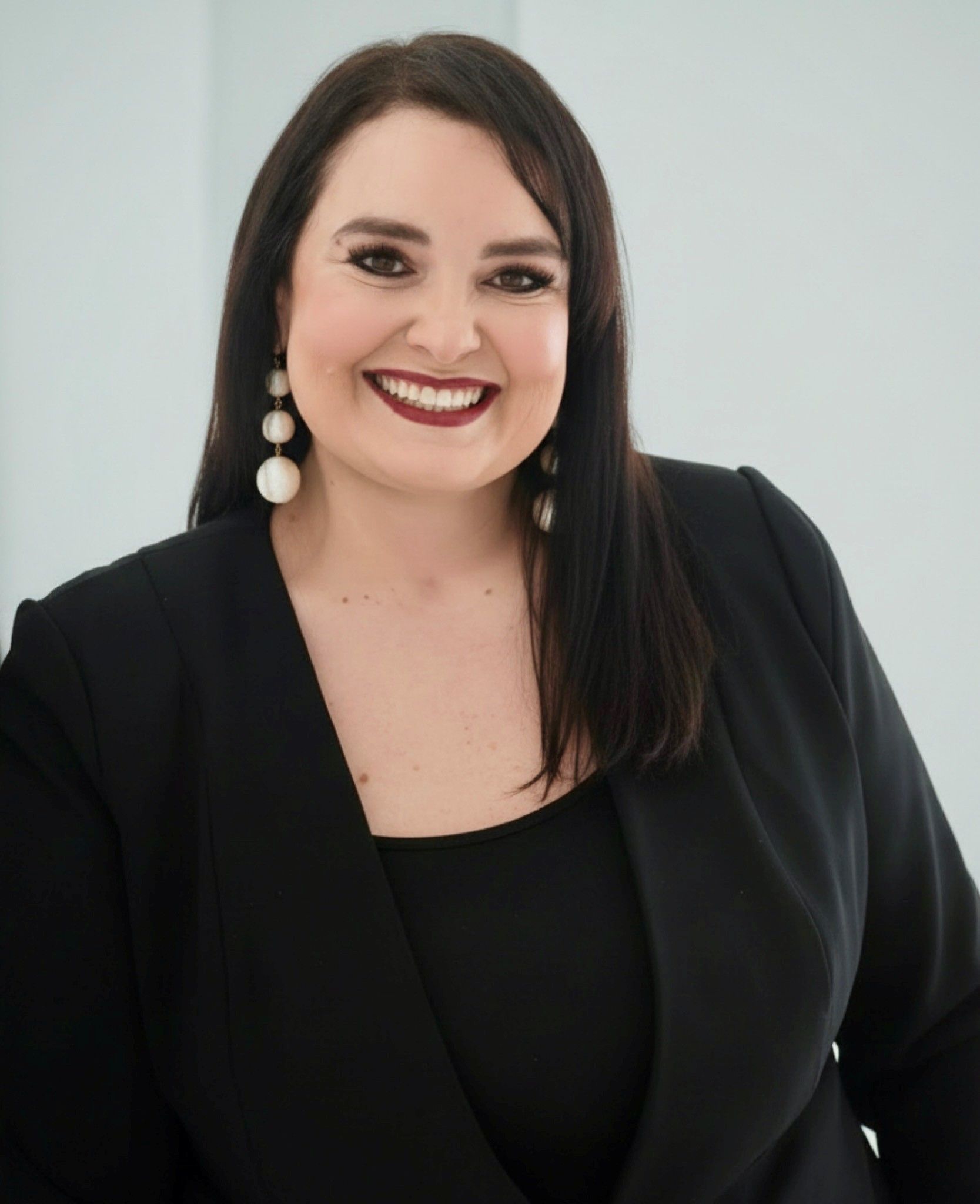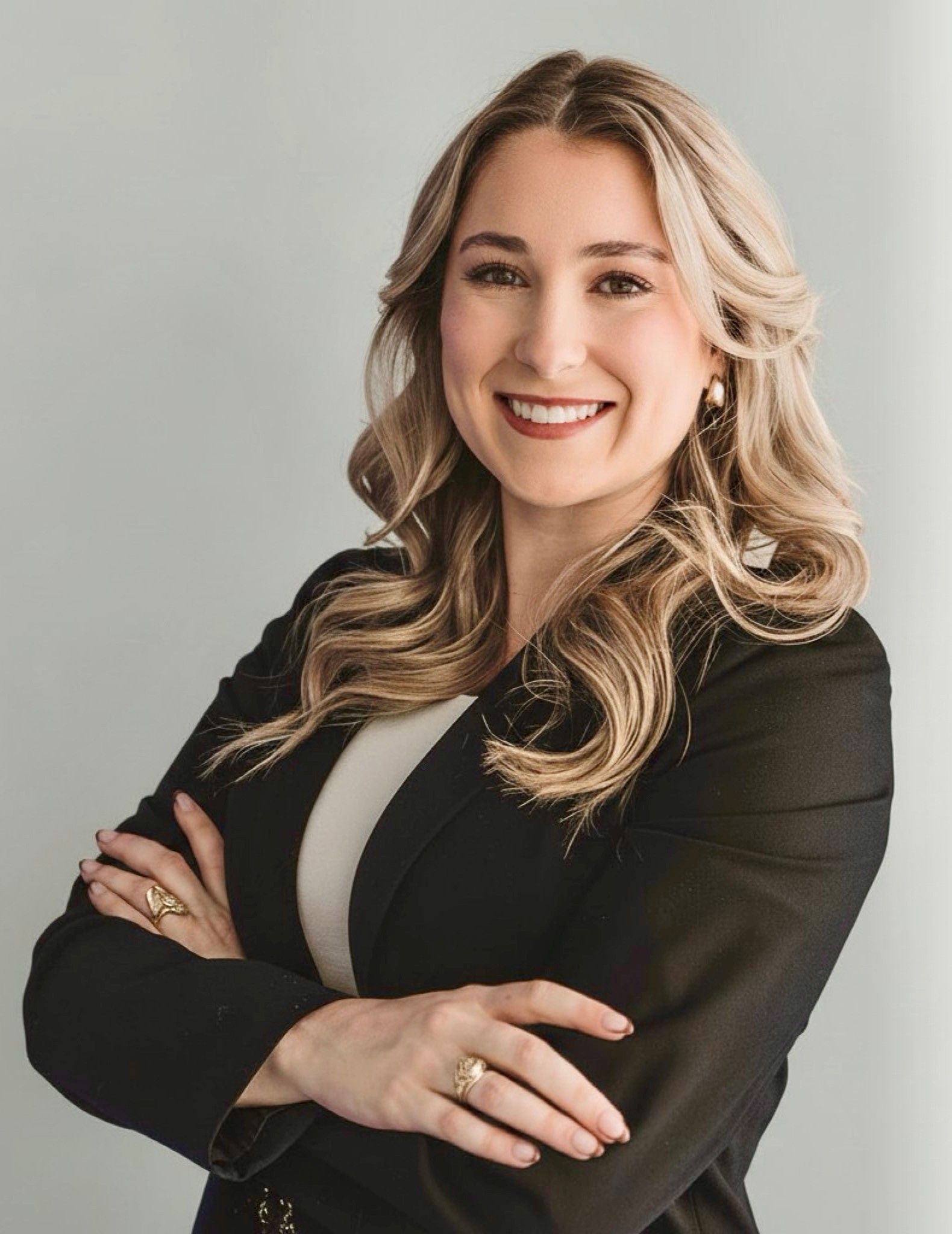Other Considerations in a Likelihood of Confusion Analysis
ATTORNEYS IN DALLAS
The critical factors involved in a Section 2(d) refusal and likelihood of confusion analysis, including the importance of third-party registrations, international classifications, similar marks owned by different parties, the family of marks doctrine, and the limitations of prior decisions by examining attorneys.
Other Considerations in a Likelihood of Confusion Analysis
A refusal under Section 2(d) of the Trademark Act (15 U.S.C. §1052(d)) involves an analysis of likelihood of confusion. When an Examining Attorney issues such a refusal, it means that they have determined that the applicant's mark, as used with the identified goods or services, closely resembles a previously registered trademark to an extent that it is likely to cause confusion. The evaluation of likelihood of confusion commonly revolves around the similarity of the marks and the relatedness of the goods or services. Whether a DuPont factor is considered depends on whether the applicant raises other factors and submits relevant evidence. For a comprehensive list of the thirteen factors outlined in the seminal case of In re E.I. du Pont de Nemours & Co., 476 F.2d 1357, 177 U.S.P.Q. 563 (C.C.P.A. 1973) that may be considered in a likelihood of confusion analysis.
While not necessarily the most crucial factors in this analysis, the following likelihood of confusion considerations should not be overlooked:
Third-Party Registrations:
Utilize third-party registrations to demonstrate that the cited mark against the applicant's mark is suggestive, descriptive, or commonly used by others in the industry, and that the public relies on other elements of the mark to distinguish the source. Third-party registrations can support the argument that a mark is weak under the crowded field theory, but they cannot justify the registration of another similar mark if it will cause consumer confusion. An applicant can use other registrations to show that a term is a weak component and thus entitled to limited protection.
International Classifications:
International classes have no relevance to the issue of likelihood of confusion. As an applicant, do not rely on the argument that because the cited mark falls under a different international classification, it cannot lead to source confusion. Such an argument will not succeed.
Similar Marks Owned by Different Parties:
If the Examining Attorney cites multiple marks against the applicant's mark, with different owners for each mark, it is important to highlight that dilution may have already occurred. This argument allows for the conclusion that if the mark or a similar element of the mark has already been diluted, there can be no likelihood of confusion.
Family of Marks Doctrine:
The family of marks doctrine refers to a group of marks sharing a recognizable common characteristic that the public associates with the source of the trademark. However, an applicant cannot rely on this doctrine to prevail in a likelihood of confusion refusal during an ex parte appeal. It can only be invoked in an inter partes proceeding by a plaintiff. See Baroid Drilling Fluids Inc. v. Sun Drilling Products, 24 U.S.P.Q.2d 1048, 1992 WL 473853 (TTAB 1992).
Prior Decisions by Examining Attorneys:
Avoid the mistake of attempting to hold an Examining Attorney to their previous decision. Trademark cases are highly specific to the facts of each case, and decisions are made based on their individual merits. In fact, prior decisions made by Trademark Examiners carry no evidentiary value. Such decisions do not bind the Examiner, nor do they bind the Trademark Trial and Appeal Board (TTAB).
Contact an Experienced Trademark Attorney
If you need legal advice regarding your trademark rights, assistance with trademark prosecution, or representation in a domain name dispute, contact Wilson Whitaker Rynell. Our team of trademark lawyers has extensive experience in all aspects of trademark and copyright law, including the filing of trademark applications and representing clients in defense or prosecution before the Trademark Trial and Appeal Board.
- 66(a) Applications
- Abandoning a Trademark Application or Withdrawing a TTAB Proceeding
- Abandonment and Nonuse
- Abbreviations as Trademarks
- Accelerated Case Resolutions
- Acquired Secondary Trademark Meaning
- Amending Trademark Application
- Assigning a Trademark
- Assigning a Trademark and the Intent to Use Application
- Avoiding Fraud on Trademark Applications
- Avoiding Trademark Litigation
- Basis for Filing a Trademark
- Benefits of Registering a Trademark
- Bona Fide Intent to Use
- Celebrity Trademarks
- Challenging the Relatedness Factor
- Challenging Trademark Rights
- Claims in a Notice of Opposition
- Co-Existence Agreements
- Common Law Trademarks in the Internet Era
- Common Law Use and Priority
- Conflicting Marks
- Consent Agreements
- Constructive Use Priority
- Dates of Use
- Defenses in Opposition and Cancellation Proceedings
- Descriptive or Generic Trademarks
- Design Marks
- Design Trademarks
- Determining Trademark Similarities
- Discovery in TTAB Proceedings
- Dividing a Trademark Application
- Drawing Page
- Electronic Display Specimens for Trademarks
- Evidence in TTAB Proceedings
- Evidence of Acquired Distinctiveness
- Expediting Trademark Cancellation for Nonuse or Abandonment
- Extending Time to Oppose
- Factors of a Likelihood of Confusion Analysis
- False Suggestions of Connection
- Famous Trademarks and Likelihood of Confusion and Dilution
- Filing an Opposition or Cancellation Proceedings
- First Sale Doctrine
- Five Years of Use
- Foreign Trademark Rights
- Generic Trademarks
- Geographic Trademarks
- Hiring Trademark Counsel
- Immoral and Scandalous Trademarks
- Incontestability of U.S. Trademarks
- International Trademark Filings
- Joint Trademark Ownership
- Lawful Use of a Trademark in Commerce
- Likelihood of Confusion Analysis
- Likelihood of Confusion Refusal
- Merely Descriptive Trademarks
- Multiple Bases for a Trademark Application
- Overcoming and Ornamentation Trademark Refusal
- Personal Name Trademarks
- Principal and Supplemental Registers
- Protecting Single Creative Works
- Recording Trademark Assignments
- Refusal of a Trademark
- Refusing a Trade Dress Application
- Registering a Certification Trademark
- Registering a Service Mark
- Registering a Trademark That Lacks Inherent Distinctiveness
- Registering an International Trademark
- Relatedness of Goods or Services
- Request for Reconsideration in Trademark Office Action
- Requirements for International Trademark Application
- Revive an Abandoned Trademark Application
- Secondary Meaning
- Source Confusion
- Special Trademark Applications
- Standard Character and Special Format Marks
- Standing in Opposition and Cancellation Proceedings
- State Trademark Registration
- Statement of Use Extensions
- Tacking Doctrine
- Technical Trademark Use
- The Supplemental Register
- Trade Dress
- Trade Dress Application
- Trademark Application
- Trademark Clearance Searches
- Trademark Disclaimers
- Trademark Licensing
- Trademark of Authors, Performing Artists, and Characters
- Trademark Ownership
- Trademark Protection In Texas
- Trademark Settlements
- Trademark Specimens
- Trademark Specimens
- Trademark Use by Related Company
- Trademark Use in Advertising
- Trademark Use in Commerce
- Trademarking a Distinctive Mark
- Trademarking a Hashtag
- Trademarks for Musical Artists
- TTAB Discovery Rules
- TTAB Proceedings
- U.S. Service Mark
- U.S. Trade Dress
- Understanding Trade Channels
- Unitary U.S. Trademark
- Universal Symbols as Trademarks
- Using Secondary Sources
- What is an Ex Parte Appeal?
- Where to Register a Trademark
- Who Must File a Trademark?
CLIENT MATTERS
5,000+
YEARS OF SERVICE
25+
Award Winning
Recognized in the legal industry as dedicated board-certified lawyers and Rising Stars.
Expert Team
Your project will be handled by legal experts every time. You will have the most experienced attorneys working for you.
Quality Representation











